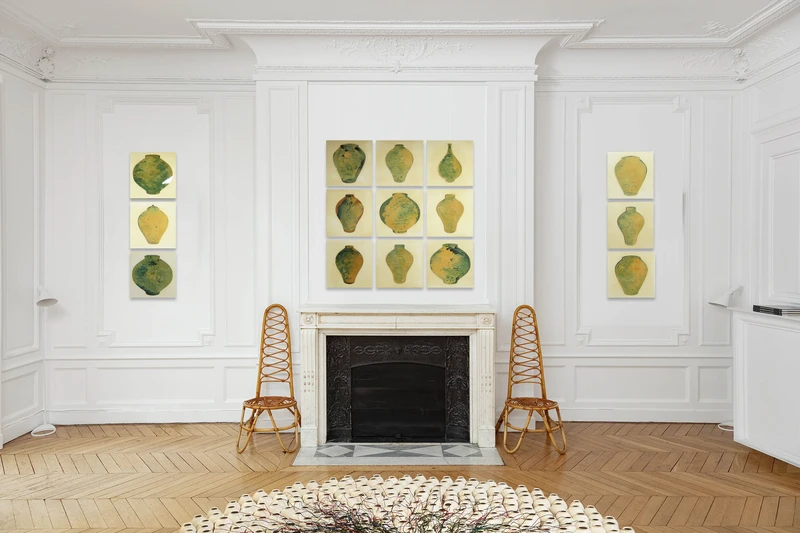Ik-Joong Kang: The Moon Jar
19 Apr-24 Jul 2022


The traditional Korean moon jar is at the heart of Kang’s practice, a recurring motif and a powerful metaphor. First made in the 1300s, the jars are simple yet elegant; milky white in colour with a near spherical shape. Made from soft clay, potters make the upper and lower halves separately, connecting them to complete the final form. There is often a slight visible join – an imperfection which adds great meaning for Kang. He compares the moon jar to human beings, filled with air and spirit. The form also encapsulates division and unity, speaking to Kang’s hope that in the future the two Koreas can be united once more. Kang also points to the fable recounting the death of the Chinese poet Li Bai, who drowned trying to seize the moon’s reflection. The moon symbolises longing – a place of immortality and connection to the afterlife, a place where people store their dreams.
Ik-Joong Kang was born in Cheongju, Korea, in 1960 and received his BFA from Hong-Ik University in Seoul, Korea, in 1984. He moved to New York in 1984 to study at Pratt Institute where he received his MFA in 1988. He has exhibited widely, including a solo exhibition at the Whitney Museum of American Art at Philip Morris, New York (1996); a two-person show with Nam June Paik at the Whitney Museum of American Art at Champion, Connecticut (1994); and group exhibitions at the Museum of Contemporary Art, Los Angeles (1996); 47th Venice Biennale (1997), Ludwig Museum, Cologne (2000), National Museum of Contemporary Art, Seoul (2010) and the Korean Pavilion for the Shanghai Expo (2010). Kang has received awards and fellowships including a Louis Comfort Tiffany Foundation Fellowship, a Joan Mitchell Foundation Fellowship and Special Merit Award, 47th Venice Biennale, Venice, Italy 1997. Kang acknowledges the support of the Ministry of Unification in the process of collecting drawings and materials from people displaced from North to South Korea as a consequence of the Korean War.
ARTWORKS